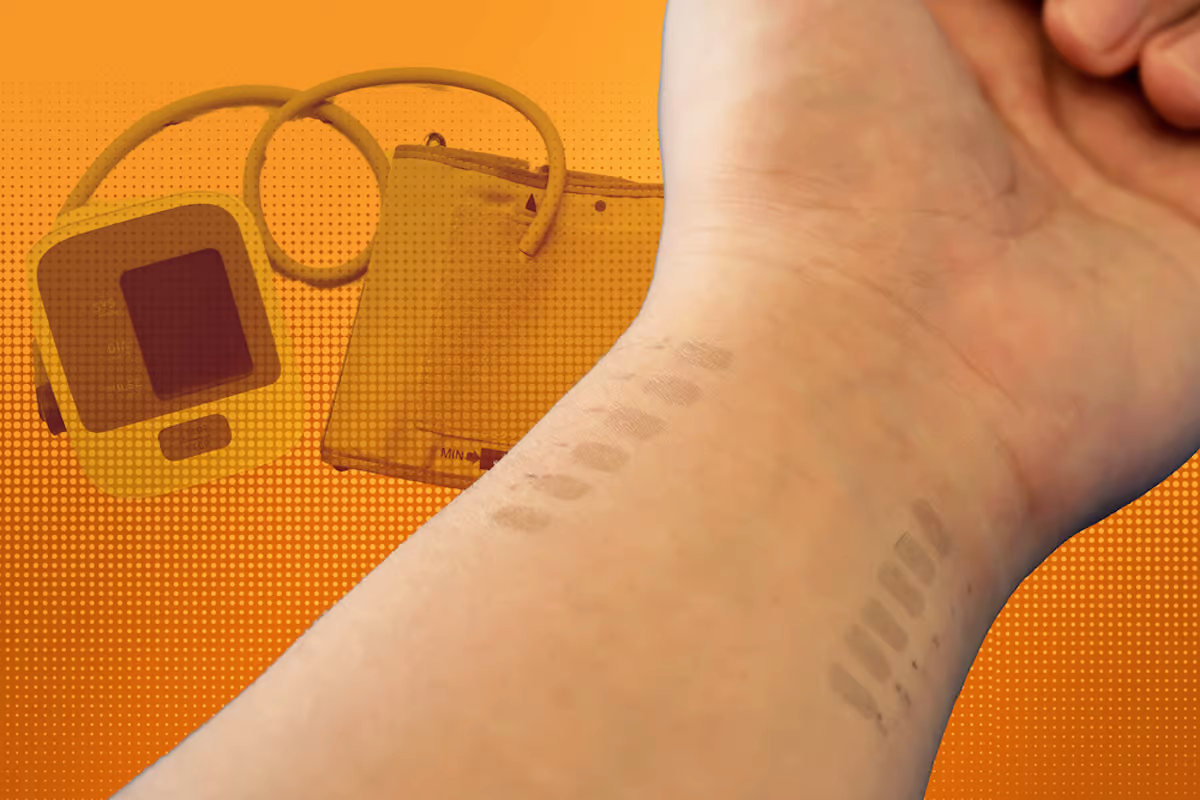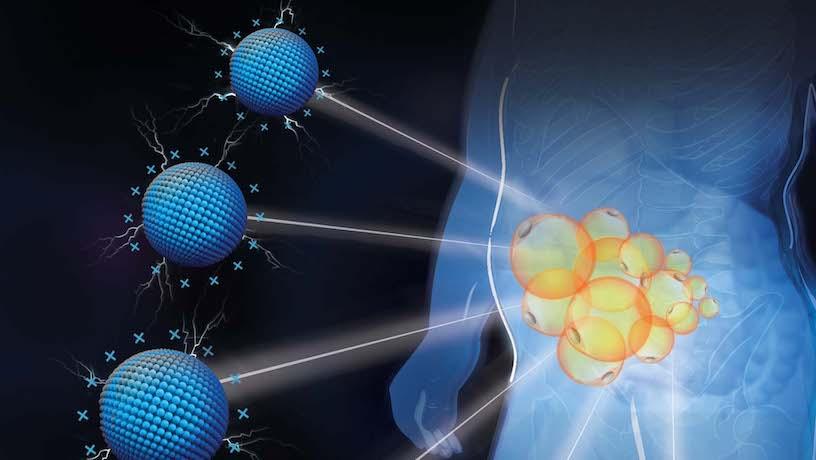The research, development and design behind prosthetic limbs has become more and more astonishing since the turn of the century as researchers have sought a way to make prosthesis much more intuitive and lifelike. These exciting new innovations could be set for a new age in the coming years, according to researchers at the University of Chicago and Johns Hopkins University Applied Physics Laboratory, with their latest published findings in Proceedings of the National Academy of Sciences.
New ideas and designs are laying the foundation for the development of touch-sensitive prosthetic limbs that could communicate sensory information to and from the brain via a direct interface. The study comes under Revolutionizing Prosthetics, a project funded by the Defense Advanced Research Projects Agency (DARPA), and has been published in the Proceedings of the National Academy of Sciences journal.
Sliman Bensmaia PhD, of the Department of Organismal Biology and Anatomy, is the senior author of the study: “To restore sensory motor function of an arm, you not only have to replace the motor signals that the brain sends to the arm to move it around, but you also have to replace the sensory signals that the arm sends back to the brain.
“We think the key is to invoke what we know about how the brain of the intact organism processes sensory information, and then try to reproduce these patterns of neural activity through stimulation of the brain.”
The researchers set out to mimic patterns of brain activity that carry information on touch, pressure, sensitivity and reaction, aiming to stimulate the parts of the brain that react to these sensations. The three prime areas of touch are location, pressure and timing.
Location refers to how the skin is able to sense when it has been touched. Monkeys were used in the experiment where they were trained to recognize different kinds of physical contact while, for comparative purposes, they then had electrodes connected to areas of their brain that correspond to each finger. Using electrical stimuli, the researchers created an artificial stimulation of touch. The monkeys reacted the exact same way to the real contact as they did the artificial one.
With pressure, they were able to create an algorithm “to generate the appropriate amount of electrical current to elicit a sensation of pressure”. The animals wearing the artificial technology reacted the same way to the pressure as they did to a natural physical touch. Finally, on contact, the team studied the sensation that the brain endures when you grab something and then release it and will look to harness this in the development of their prosthetics.
“The algorithms to decipher motor signals have come quite a long way, where you can now control arms with seven degrees of freedom. It’s very sophisticated,” explains Bensmaia. “But I think there’s a strong argument to be made that they will not be clinically viable until the sensory feedback is incorporated.
“When it is, the functionality of these limbs will increase substantially,” he says.
Photo: Calgrin (via Morgue File)







